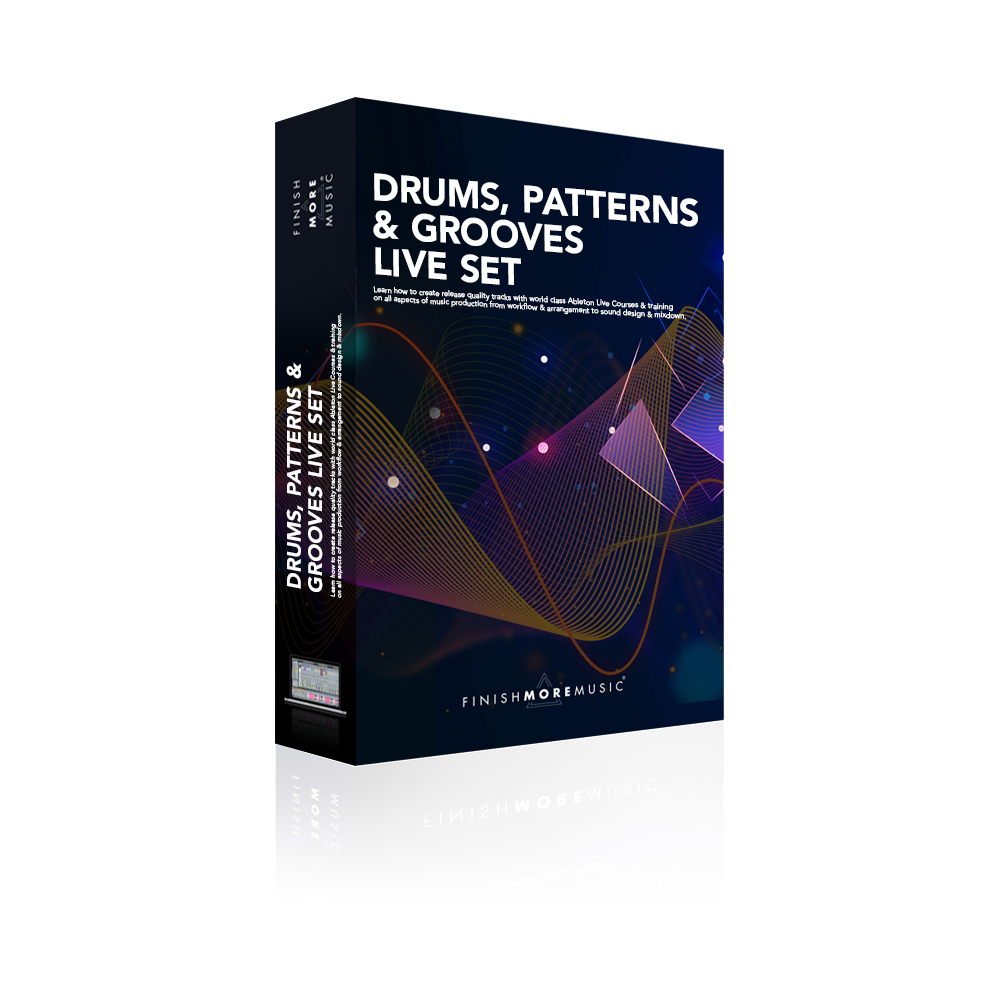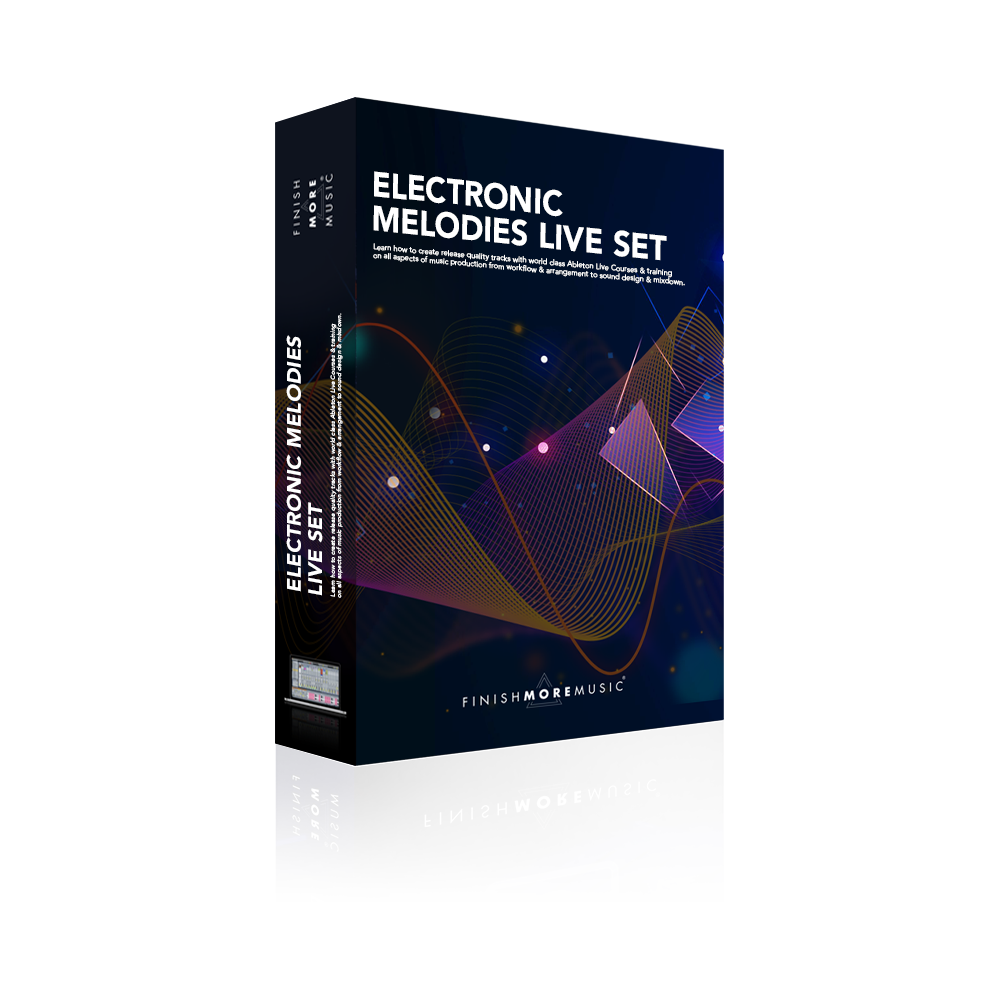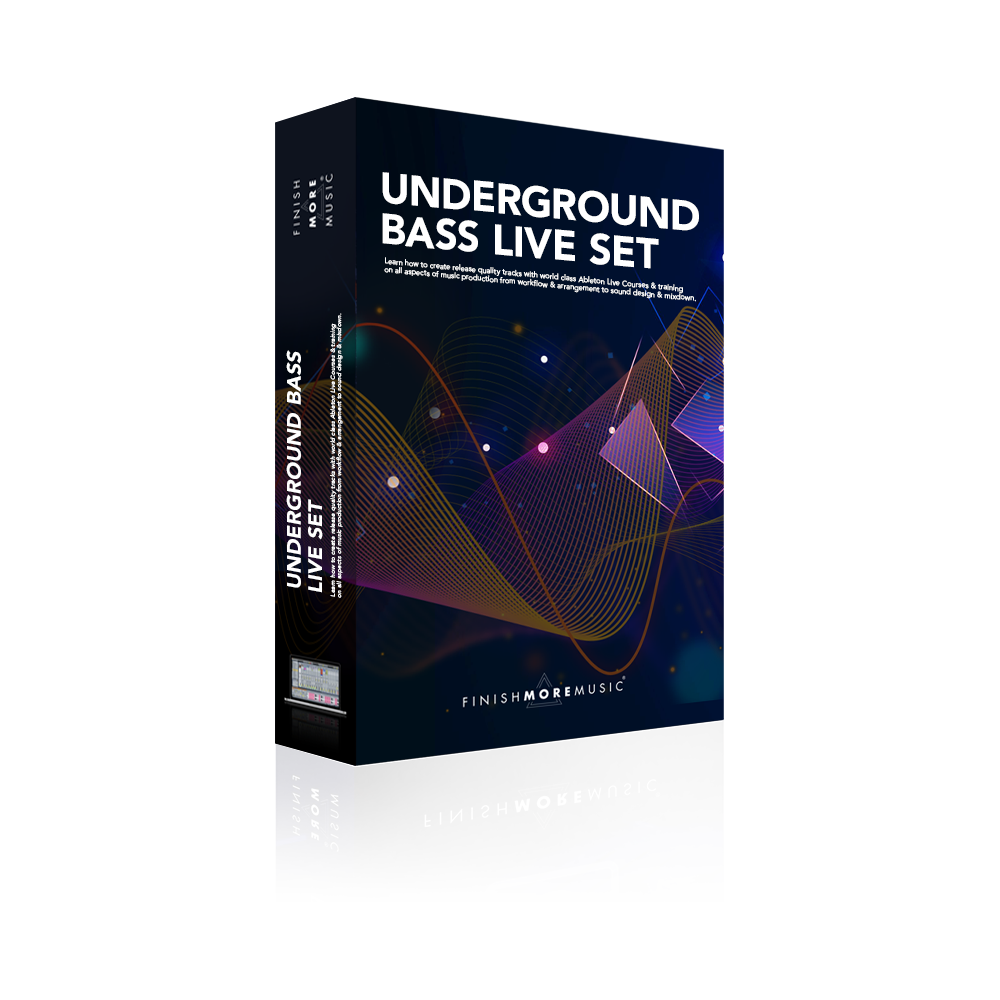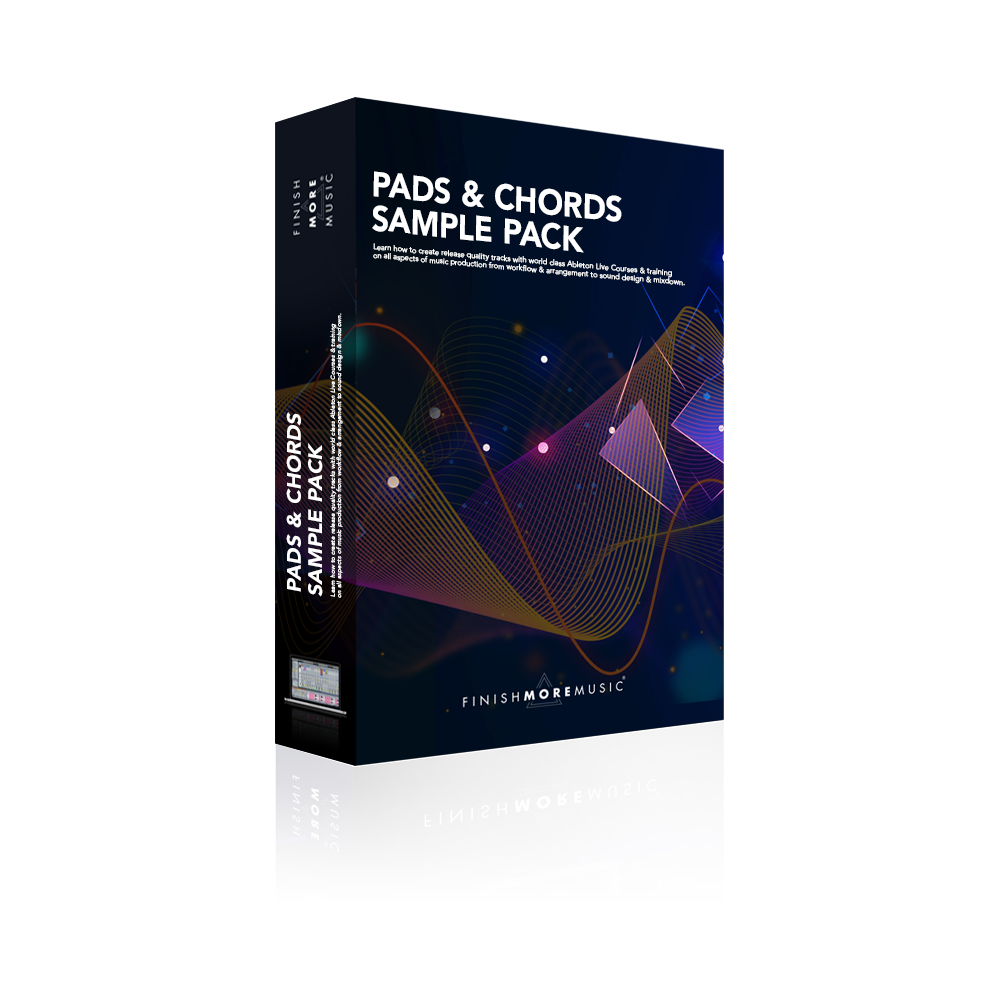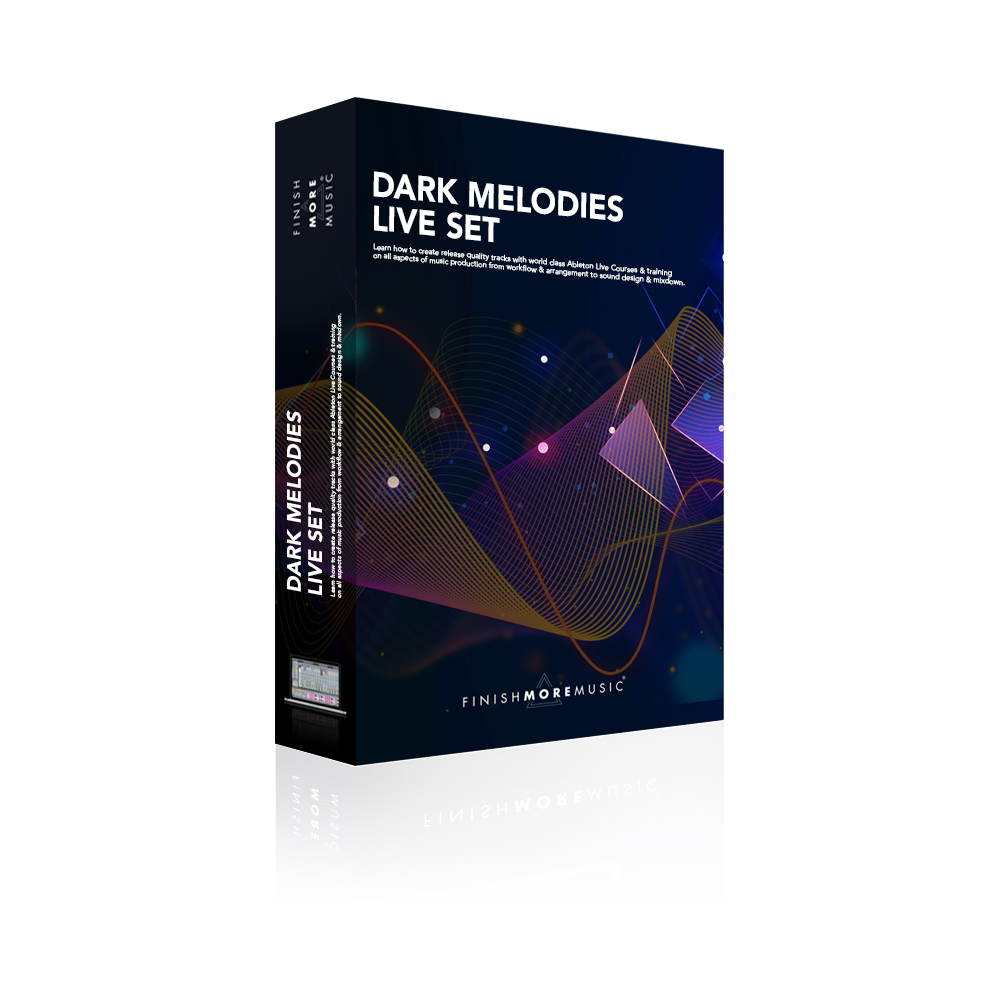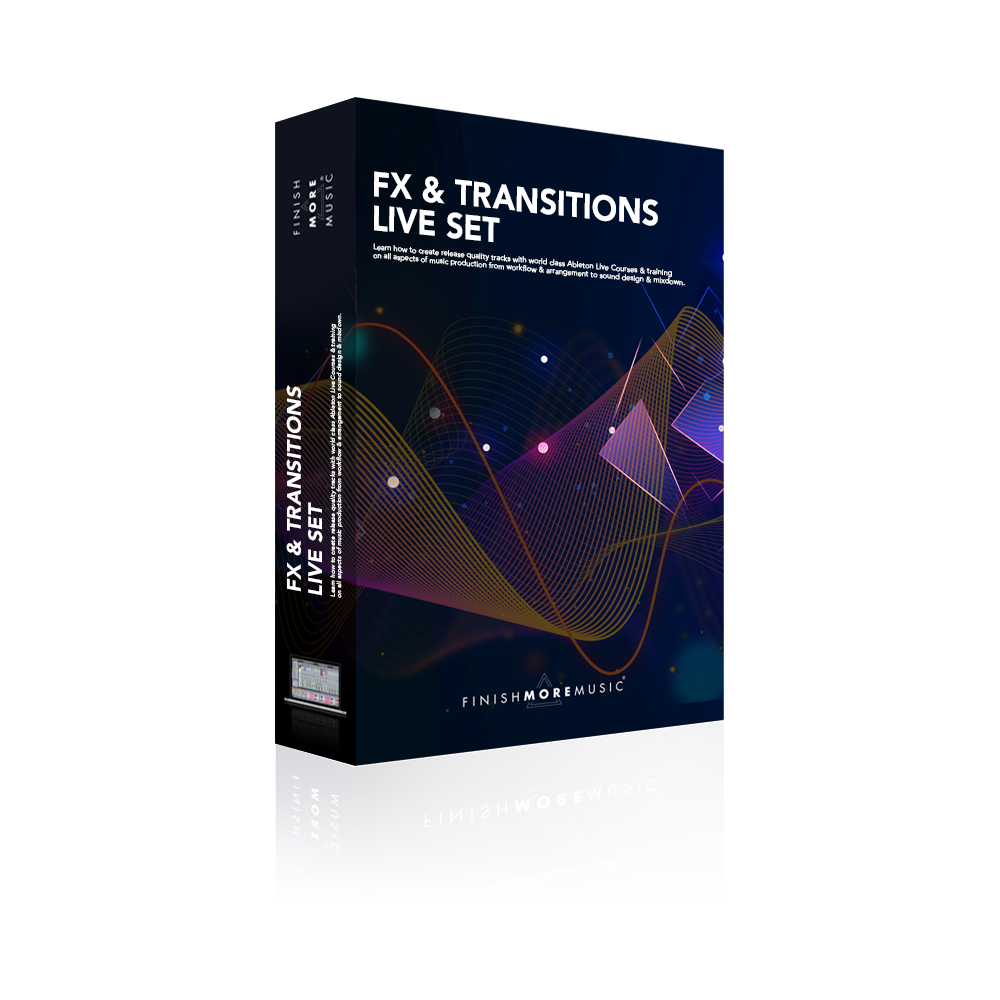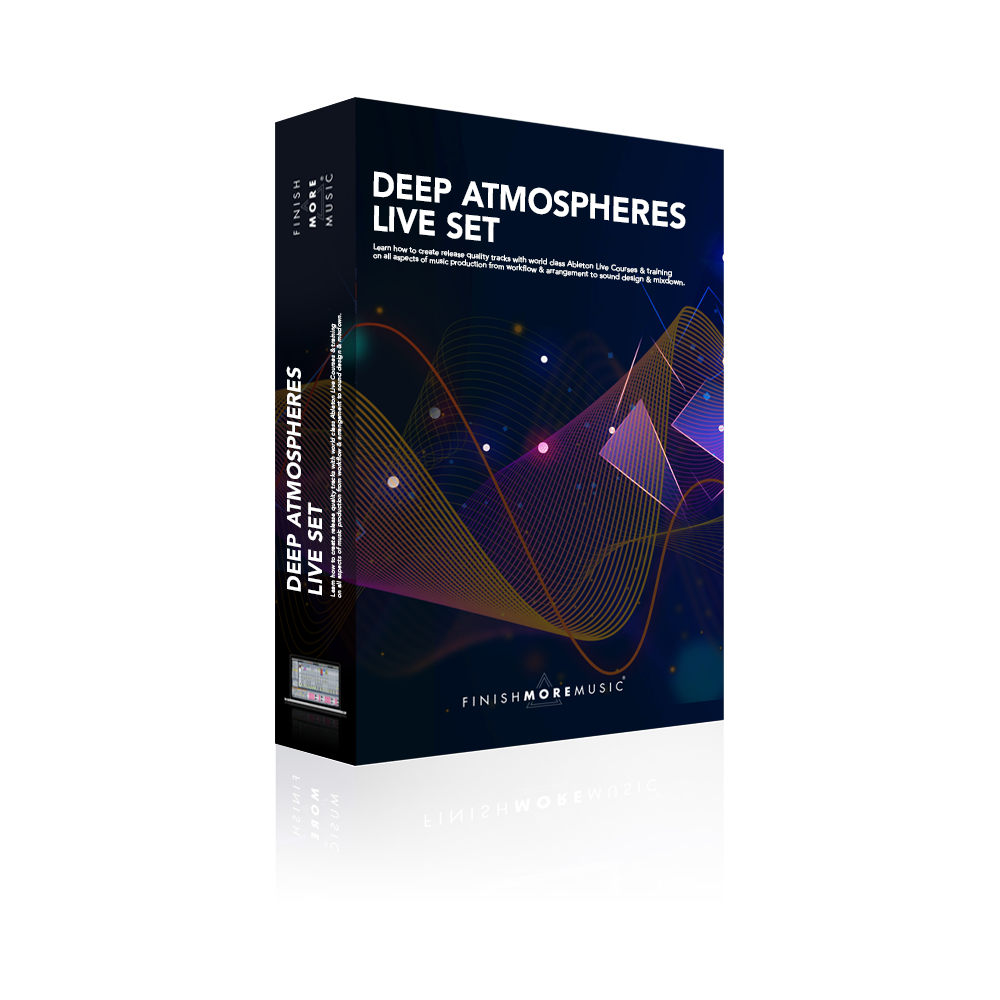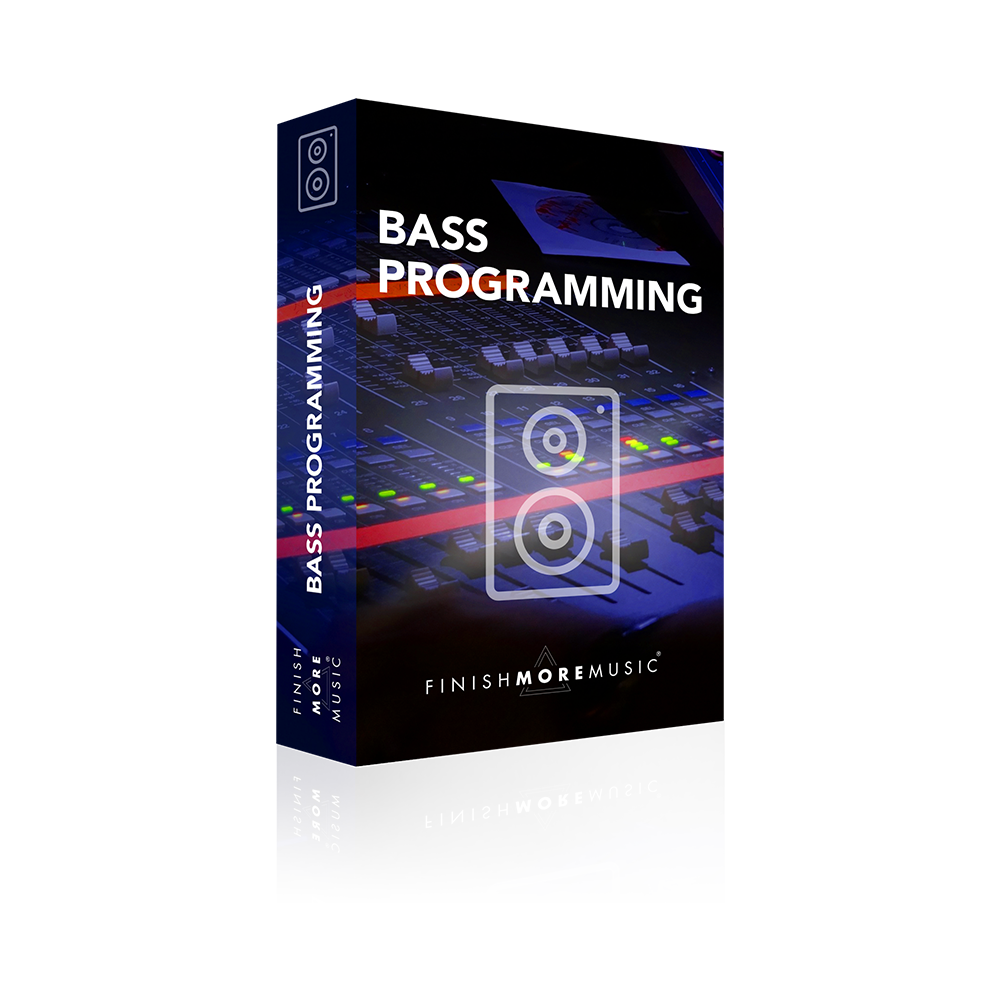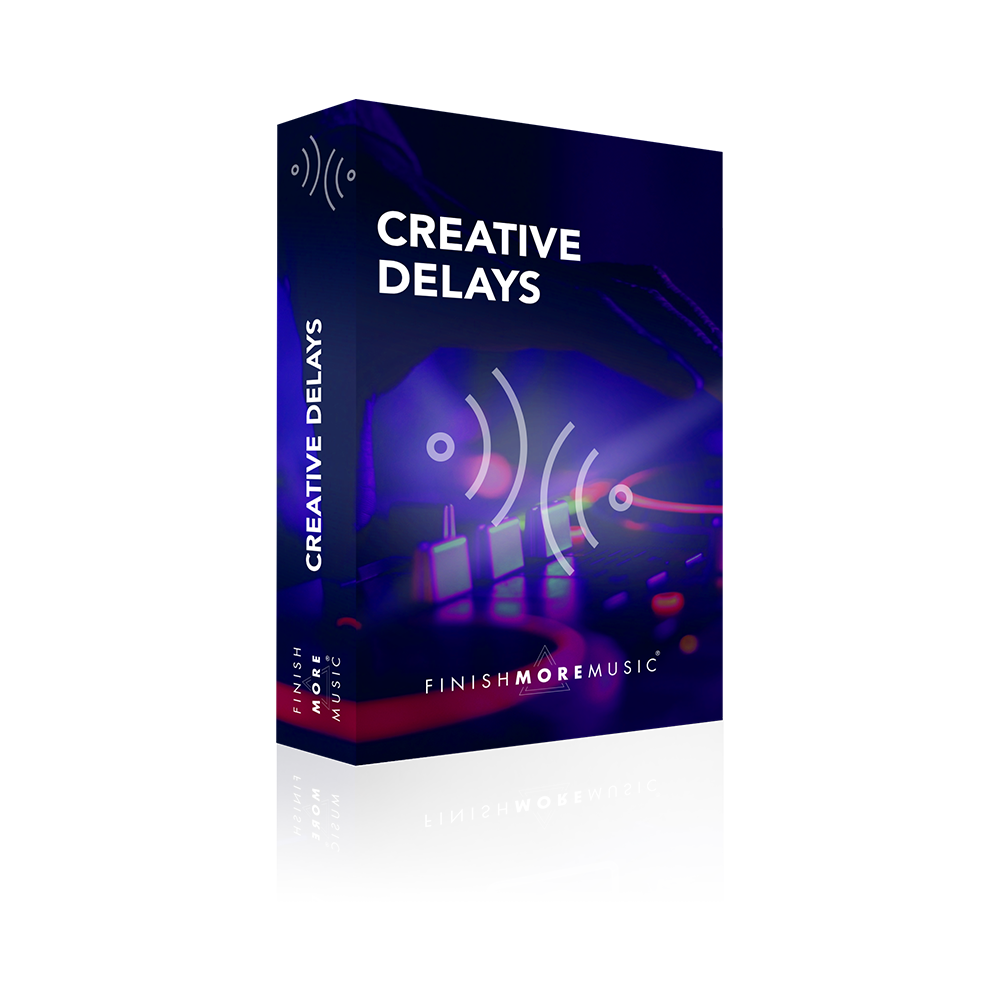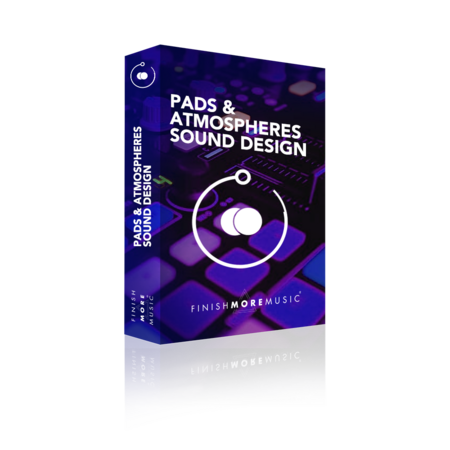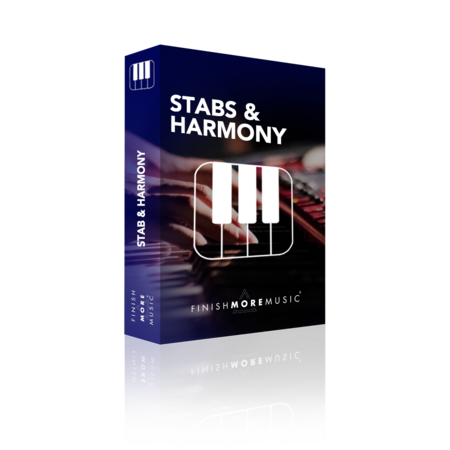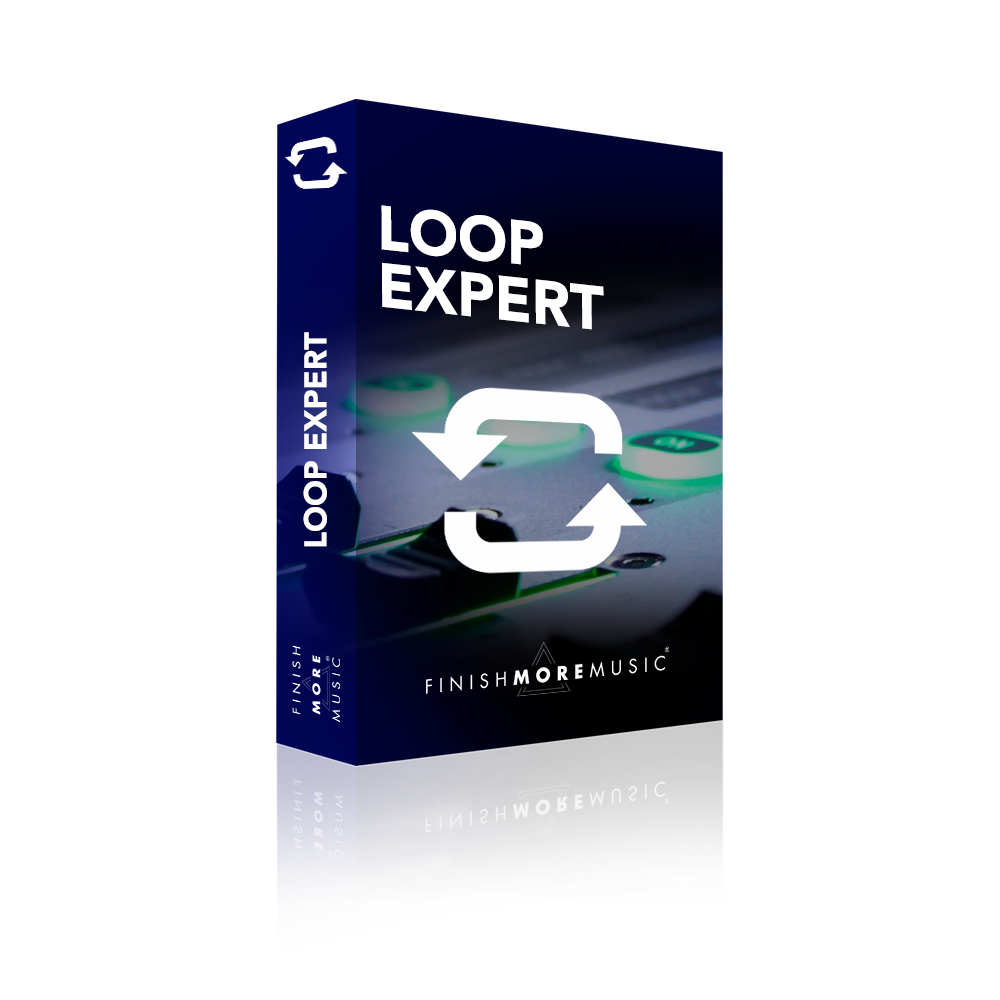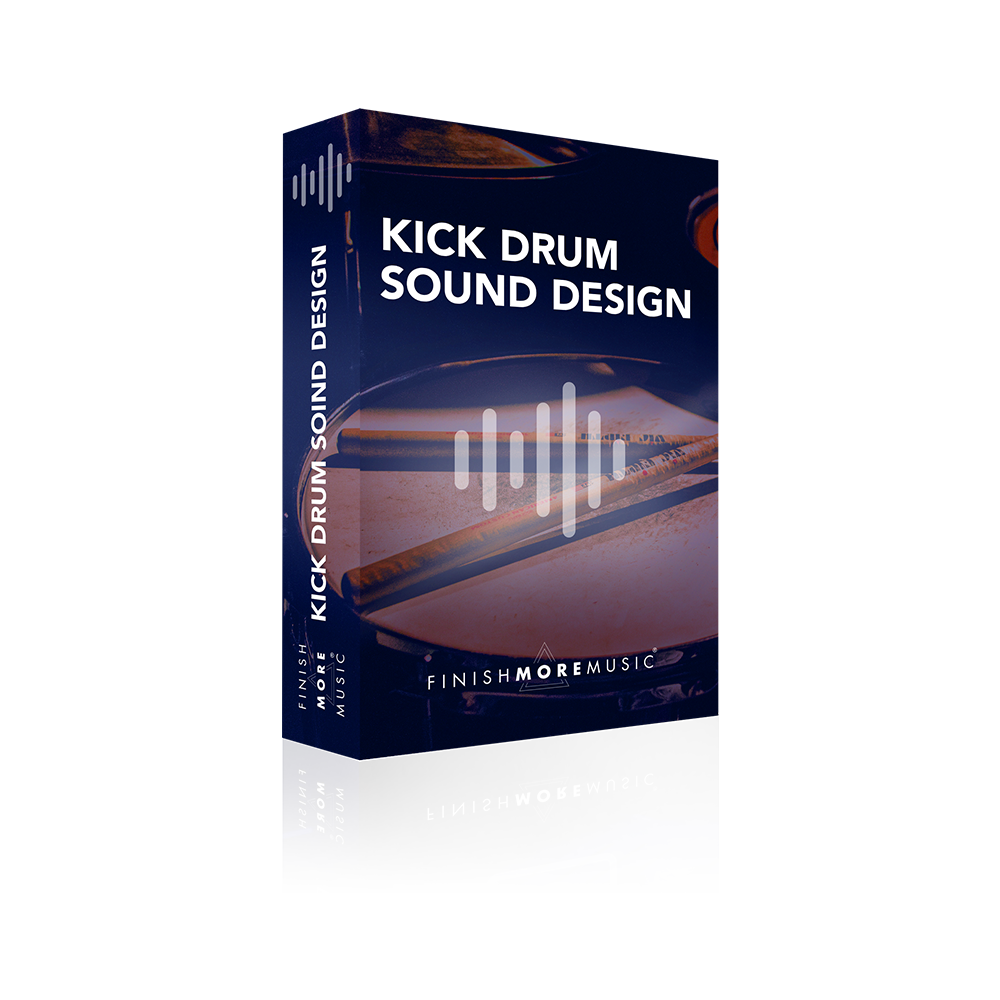The dark art of mixdown has many technical and tricky components that can often lead to overwhelm and confusion amongst many producers. One of those is applying Mid / Side EQ to your final mix. In this short video I show you the key things you need to know to get fantastic results quickly and efficiently without blowing your brain into oblivion. Plus I give a quick sneak peak into one of our most popular features in the FMM community, our Live Q&A sessions.
Transcript
Hello so we’re gonna do something a little bit different for this tutorial.What I’ve got for you is a snippet from a Finished More Music Live Masterclass. And it’s just a question that comes up a lot which is around mid sized processing and particularly around how we can use that inside of an EQ. So that’s what this is going to cover for you. I thought it would be really useful information and I want to give you a couple of little pointers first. Number one I’ve gone for a really kind of short punchy explanation. As you know I’m big on my 80/20, give you 20% of the knowledge that gets you 80% of the results you can get cracking and get practicing. So there are sort of deeper, more detailed layers that we could go into but this is gonna give you that info that you need to get going. The second thing. I’m doing a demonstration on a full track but I just want to put it out there right now that this works mid/side processing will work on single sounds, on your busses, like your drum buses or your synths. Those kind of things absolutely fine. And then the final thing is to always use your ears. So when we’re messing with mid/side processing particularly the sides it can sometimes boost things that are phasey, it can affect other instruments, things can start to go missing. So this is one of those things where you’ve got the graphic display in front of you but don’t be fooled by that always use your ears as the final judge. So that’s all I hope you enjoy the video take care and let me know how you get on in the comments.
So basically what happens is when your sound goes into a mid / side processor it just changes the way that it splits the information up into two different channels. So rather than left and right, it creates mid and side. So mid the easiest way for you to think about this is that mid is everything that is the same on the left and right. So it’s like the mono signal that’s coming straight down the middle at you. So when you’ve got a kick drum that seem mono right it sounds like it’s coming right down the center between your speaker’s. The reality is it’s not the exact same is coming out of each one identical any given mili second but it gives the impression that it’s coming down the middle. That’s the meat. So all of that information is the mid. Everything that is left, everything that is different is the stereo. Okay so that is what we hear as being the stuff on the sides. And so when we process that it sounds a bit like this. So here is this track. Let me just get everything set up so we can hear it. So at the moment we’re here in the left and right so before it’s gone through any of this matrix.
Now if I want to make this mono, I can just come in and put the mid side balance to a hundred M. And what you’ll note, if I flip this over is we look at the meters here. See how they’re identical right. So that is the mono side of the signal. The same on the left and the right. Now if I go the other way, it takes all of that out and it just leaves what is left. So this is the stereo signal. And this is what I said there’s a lot in here right there’s even a lot of bass in this track. And so what we can do is we can enhance the sides or we can take out the middle we can do whatever we want. And a classic example of something that we tend to do in tracks and they haven’t done in this one but it will be a good example for us to try and experiment is one thing that we often see that works really well is that if we go into mid/side mode and we turn this to sides, we can take out any side information in the lower end and just leave the powerful middle sound that’s coming straight down at us. So if I come in here and I make this a really hard cut, this is going to take all of the side even far out from the low end. So if you’re listening to this with headphones on, for example at the moment, you should hear but if they’re decent headphones particularly with a low-end, that there’s a big kind of wide image in the low end that goes missing. And the low end now starts to sound a lot more precise. And that it doesn’t sound like this big-techno-mad-all-consuming-low-end that they’ve gone for, but it does sound very precise which a lot of people prefer. So a lot of people will use a mid/side eq. This is no different to what you find in a lot of these stereo tools. Exactly the same deal where they’ve in fact even utility has this very function if I click upgrade there’s a base mono right. And all that’s doing is exactly the same as I turn that up we’ve got a low-cut in the background doing this. And all it’s doing it says make the base mono it’s taking out the stereo sound and below a certain frequency. And in fact we can if we turn that off. It’s this signal that is being made mono. So that will make everything under 500 hertz. Give or take because remember it’s going to have a curve it won’t be a brick wall shape. Everything under there it’s taking the sides out to make it mono and sound more precise. And so that’s one trick that gets used a lot. Another one is that you can actually make the track usually we do it in the sort of top end we could use say like a shelf for example. We might want to come in and sort of boost the side information at the top so that it feels like it’s kind of coming around the listeners hate that little bit more. So this can work really nicely as well.
And that’s only the side information that is getting boosted. It’s not the same as me doing this. Notice how that sounded different? When I’m in stereo mode I’m boosting all of the signal. Everything. But when I’m in mid/side mode it split it out and once it’s finished doing its work it puts it back into normal left-right stereo as it comes out of the output and we can deal with a signal normally with any other processor afterwards okay. And so they are the sort of things that you can do with this and that’s sort of the power of it, if you like. They’re probably the two most common things. Making sure the low end is mono so it sounds more precise and boosting the sides. I’m going obviously mental extreme. But boosting the side so that it enhances the stereo presence of the track that you’re listening to. And we normally do that that little bit higher up.
Okay so I hope you enjoyed the tutorial. If you’re really into these short, punchy, actionable tips then make sure you download your FREE copy of 101 Ableton Tips for House and Techno Music Producers. You can find the link underneath the video. It’s full of everything from tips on drums, to base, to workflow arrangement, mixdown hacks. Super cool beautiful ebook and you can grab your copy right now. Take care and I’ll speak to you next time.
Thank you for watching
I really appreciate you tuning in and I hope you’re enjoying the tutorials and taking some real value into your music sessions.
If this video resonated with you and you feel it will have a positive impact on the people you know, please share it by using the social media buttons you see at the bottom of this page.
To make sure you are always the first to know when a new video lands: Subscribe to the FMM Youtube channel here.
Let me know how you get on with the techniques I showed in the videos and if you have any suggestions for future tutorials, ping me a message on Instagram (@IamKeithMills)

